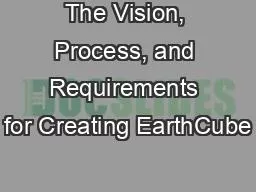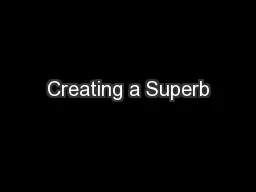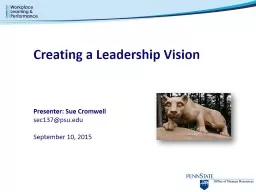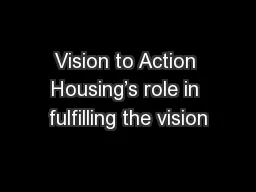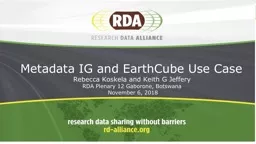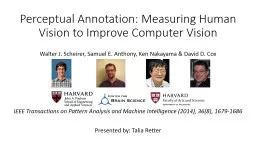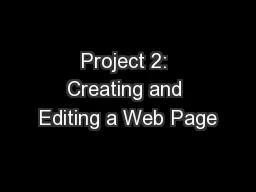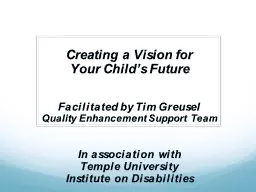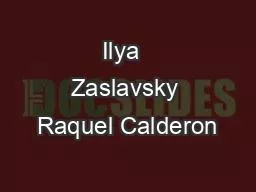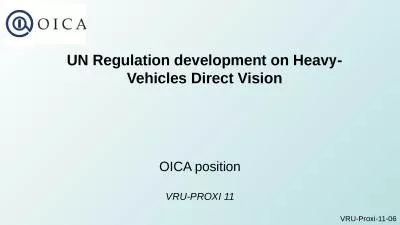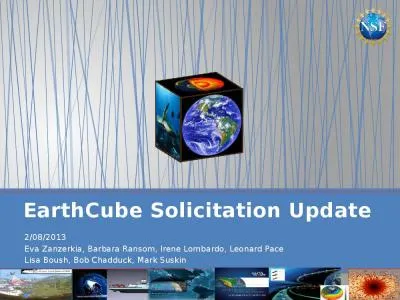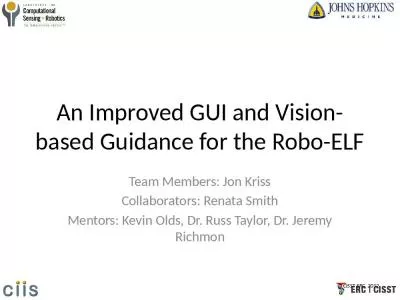PPT-The Vision, Process, and Requirements for Creating EarthCube
Author : ripplas | Published Date : 2020-06-19
Presentation at Second EarthCube WebEx Aug 22 2011 Talking Points GEOSCIENCES IS READY Cyberinfrastructure CI is part of the research fabric of Geosciences Geoscientists
Presentation Embed Code
Download Presentation
Download Presentation The PPT/PDF document "The Vision, Process, and Requirements fo..." is the property of its rightful owner. Permission is granted to download and print the materials on this website for personal, non-commercial use only, and to display it on your personal computer provided you do not modify the materials and that you retain all copyright notices contained in the materials. By downloading content from our website, you accept the terms of this agreement.
The Vision, Process, and Requirements for Creating EarthCube: Transcript
Download Rules Of Document
"The Vision, Process, and Requirements for Creating EarthCube"The content belongs to its owner. You may download and print it for personal use, without modification, and keep all copyright notices. By downloading, you agree to these terms.
Related Documents

